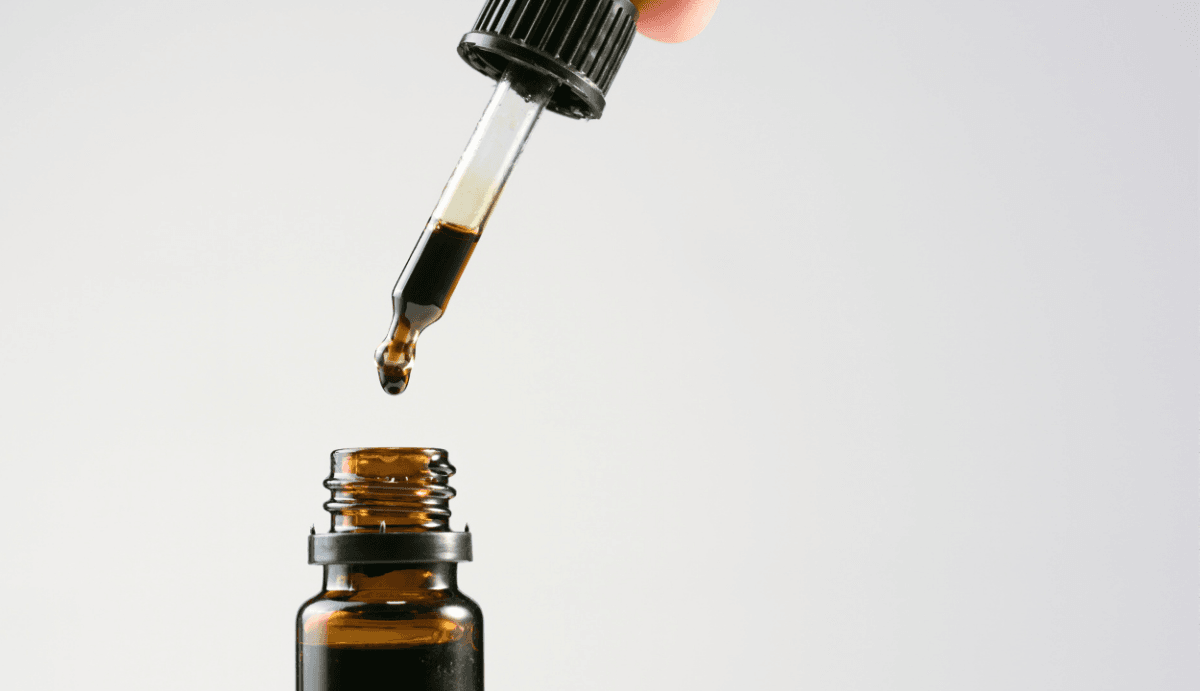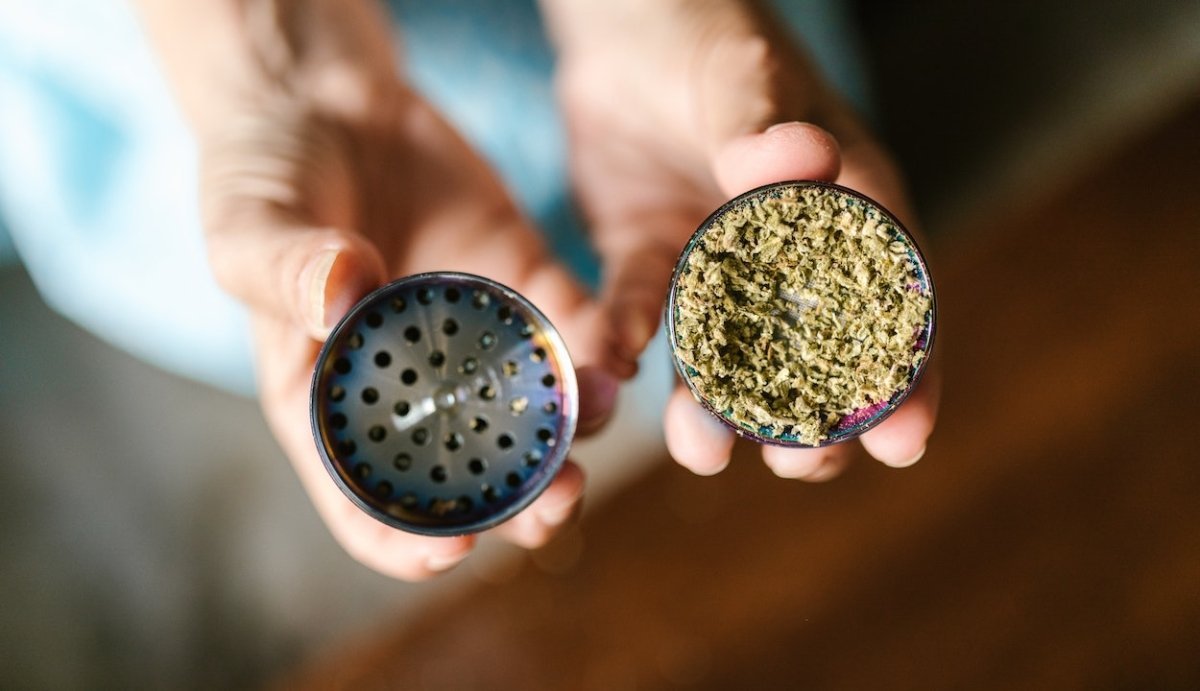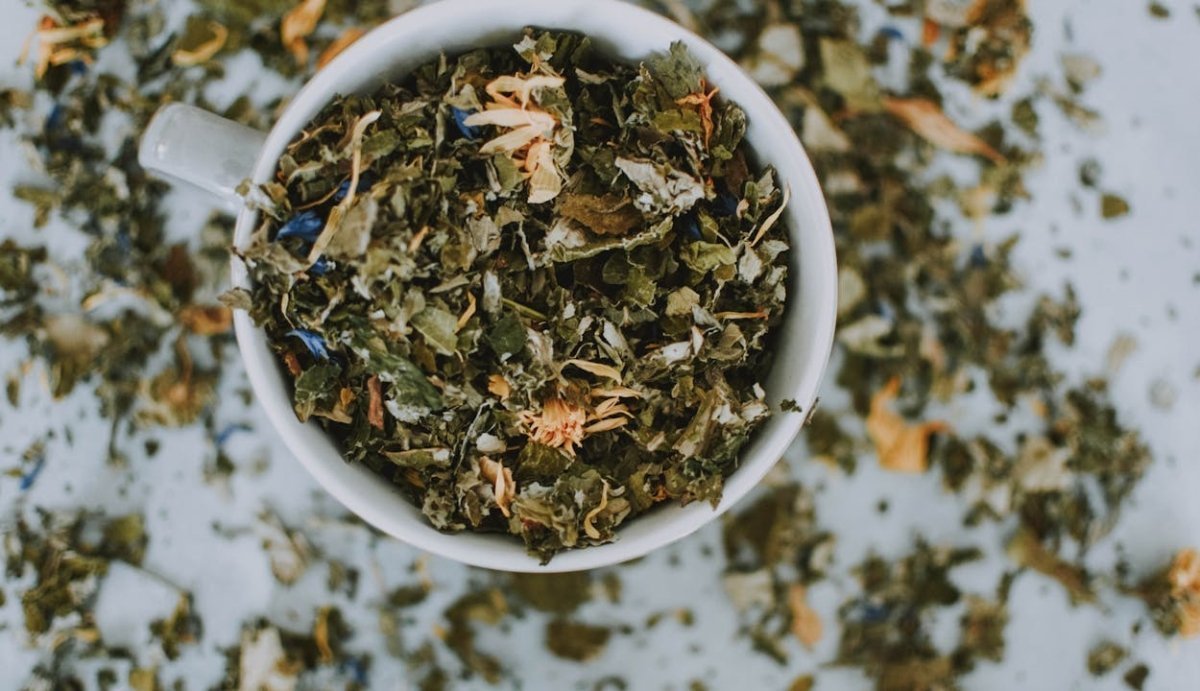Your Cart is Empty
FREE SHIPPING ON ALL ORDERS $75+
Rosin is a form of cannabis concentrate that is made without using solvent, which is why many people consider it to be a purer form of cannabis extract. Aside from being cleaner, it comes with a few other perks, like having a crisper flavor and offering potent effects. Of course, rosin is a bit more expensive than other forms of concentrate, but many cannabis users claim that the extra cost is well worth the experience.
Before you dig into this solventless THC extract, keep reading to learn everything you need to know–What is rosin, how is it made, and how do you use it?
Table of ContentsWe mentioned that rosin is solventless. What this means is that rosin is extracted from cannabis flower using a combination of heat and pressure and not typical manufacturing techniques like CO2 or ethanol-based extractions.

To make rosin, cannabis flower is placed between two hot plates where it is pressed firmly until the hot oil–or rosin–squeezes out. While this offers the perk of not containing any leftover chemicals, the drawback is that you'll usually get less rosin from the same volume of flower as you would another form of solvent-extracted concentrate.
On the flip side, rosin is quick to produce and doesn't need to be purified, which removes some of the "extra steps" necessary when using chemical extraction techniques. Because rosin doesn't require butane, ethanol, or any other chemical solvents, it's also the best form of concentrate to make at home (and we'll discuss how to do that down below!).
While rosin is considered a concentrate and can be used with a dab rig, it's not to be confused with a wax, which is made using chemical solvents.
Live rosin is a popular form of cannabis concentrates that’s made a bit differently from regular rosin. During this process, rosin is extracted from either fresh or frozen cannabis flower that’s not yet been cured or dried.
Typically, fresh flower is considered unusable because it’s still too sticky and wet to burn, but live rosin made from undried flower captures the freshness of cannabis’ terpenes and offers an aromatic vaping experience that’s unmatched by other concentrates.
Rosin is often confused with resin, but the two are inherently different. Here are some brief definitions:
Resinis the sticky sap that is naturally secreted from the plant material. This sap typically contains a heavy presence of trichomes, or the terpenes and cannabinoids that make up the cannabis plant. Resin is naturally occurring.
Resin is released when cannabis flower is smoked and is the black, sticky material that coats the inside of your bowl after smoking.
Rosinrefers to the solventless concentrate extracted using heat and pressure. Technically, it is closely related to resin since this extraction process is pulling resin from the plant, but rosin is much more concentrated and won’t occur on it’s own.
Rosin is typically golden yellow in color, although the color can range from brown to green-tinged depending on the source material used. It has a medium thickness (like honey) at room temperature. When heated it liquefies and becomes drippy and then vaporizes at higher temperatures.

There may be many benefits that make rosin such a popular dosing option both for recreational and therapeutic consumers, including:
First, rosin is incredibly flavorful and won't ever have the chemical aftertaste of some solvent-extracted dabs. The method used to make rosin preserves the terpene content, making for a potent, aromatic concentrate material. Thanks to the preservation of terpenes, rosin also potentially has greater therapeutic benefits than some other forms of cannabis concentrate.
Although rosin is not known to be the most potent form of cannabis extract, it's still a concentrate. That means that a little goes a long way. Even though you may pay a slight upcharge for solventless extracts, you'll still get plenty of bang for your buck when using concentrates. The actual concentration of THC in rosin depends on the quality of the source material used, but it usually ranges from 75 to 85 percent.
We mentioned that rosin typically contains a variety of terpenes extracted from the source material, but there's more to it than that. Because of the way that rosin is extracted, it typically contains the full spectrum of cannabis's cannabinoids and terpenes. That means that rosin will take on the therapeutic profile of its source material, meaning you can get rosin that imitates the effects of your favorite sativa, indica, or hybrid strains.
While rosin is most commonly used with a dab rig, it can also be used in a vape pen or to create other oil formulations. All in all, it's a versatile dosing method that can be used to meet nearly any dosing need.
One great thing about rosin that can't be overlooked is that it's safe to make it home. Because it doesn't require any special solvents, like butane, it can be safely made from a variety of source materials. This gives you an opportunity to create the formulas that best meet your needs and potentially save money by doing it yourself.

Whether you're doing it at home or purchasing rosin that was professionally manufactured, you'll find that a variety of different source materials can be used to make rosin. Although it is most commonly made from fresh cannabis flower, it can also be made from trim, kief, for hash. That means that you can use some of the discard material from your homegrown buds, or the kief from your grinder’s kief catching chamber to make rosin without cutting into your nug supply.
Although the level of psychoactivity that you experience is entirely dose dependent, rosin typically gets you higher than flower. For reference, the THC content of cannabis flower purchased in a dispensary usually ranges from 10 to 20%. Rosin usually has a THC content of 75% or higher.
Rosin is most commonly dabbed like other concentrates, which requires a dab rig of sorts. This might be a traditional rig with a nail and torch setup, and e-rig, or a dab pen.
Rosin can be dabbed at a lower heat than other concentrates which helps to preserve the terpene profile and produce a more flavorful and aromatic vapor. Of course, rosin may also be diluted with a carrier oil and added to a vape cartridge, which can make it a convenient dosing option.
Rosin can also be dried and added to a bowl or used to twax a joint. You cannot simply take rosin orally or use it as a food because it needs to be decarbed in order to become active.
Whether you’re hoping to perfectly capture the aroma of your favorite cannabis flower or want to refine some hash or kief you have laying around at home, you’ll be happy to know that the process for making resin is generally considered safe to do on your own. You have two primary options for making rosin:
Some consumers who plan to make rosin regularly or in large quantities choose to purchase a rosin press. This device makes it super simple to make rosin–you just turn them on, add source material, and let them run. The process is fast, only taking a few minutes before you have fresh rosin to dab.
The downside is that rosin presses are expensive, usually running you at least $500 or more.
Another option that’s probably much more accessible to the DIYer is to make rosin using a hair straightener. You’ll need a straightener with variable temperature control and you’ll only be able to make a small amount of rosin at a time, but this is still a very viable solution for making a personal-use amount of fresh rosin.
You can safely press rosin at home using a hair straightener if you follow these simple steps. Use caution when handling the straightener or the rosin since the hot yellow oil that oozes out will be hot and sticky–a perfect combination for serious burns.
If you’re ready to make homemade rosin, here’s how to get started:
Rosin is a form of concentrate that is scarce due to the extraction technique used to harvest it. In other words, chemical solvents are much more effective at removing concentrate material from cannabis, and pressing rosin will likely result in a smaller output, hence why rosin is more expensive to purchase.
You’ll end up with a much smaller quantity of rosin than the amount of natural cannabis material you started with, but each individual dab will be far more potent, and even a small amount of rosin will go a long way.
Its hard to put a number on how much rosin you will get, but expect to get about 4-5 dab hit for every one-gram of cannabis flower that you press.
If you’re wondering whether or not rosin is the right option for you, here’s a quick recap to help you decide:
Looking for legal THC products you can buy online? Check out outElev8 Collection.

Comments will be approved before showing up.



